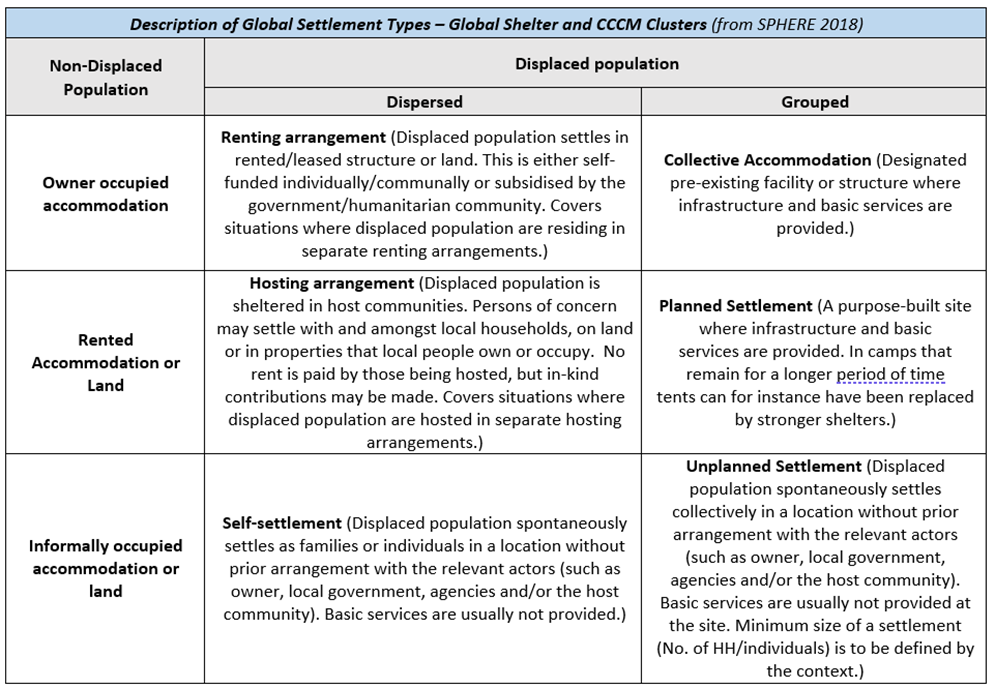DTM for Mine Action
DTM for Mine Action
DTM worked with the Global Mine Action Area of Responsibility to identify information needed for analysis and response that DTM can collect through the methodologies that DTM field teams use. They also jointly developed short guidance and presentations that can help DTM and Partners in the field better work together to collect and use data for sectoral and inter-sectoral response.
Information commonly needed for Mine Action are included in the DTM Field Companion for Mine Action, formatted as a Data Analysis Plan: it includes suggested phrasing of questions and options for reply as well as descriptive analysis and possible use of data for each information need.
DTM Field Companion for Mine Action is available in EXCEL with one information need detailed in each row.
DTM and Global Mine Action Area of Responsibility colleagues developed joint guidance on how to use DTM data for Mine Action. See the 3-pager Using DTM to collect data for Mine Action and the presentation (that colleagues can use and adjust to their context).
Global Mine Action AoR and DTM jointly presented examples of collaboration in the fiel din the 2024 HNPW session Working with DTM for the data you need: https://youtu.be/ZUTujZCcggo?feature=shared.
Check also the recording of the 2023 HNPW session on WALKING BACKWARDS for an evidence-based response: Experiences from the field- featuring Global and National Protection Cluster, GBV, Child Protection and Mine Action Areas of Responsibility: https://www.youtube.com/watch?v=zss6_xIOGhw
Available Tools:
- DTM Field Companions include specific information needs that Global experts identified for most sectors: https://dtm.iom.int/dtm-partners-toolkit/field-companion-sectoral-questions-location-assessmentt. Field companion for Min Action is available in two formats:
- PDF (one page one question): https://dtm.iom.int/dtm-partners-toolkit/field-companion-pdf,
- EXCEL (one row one question): https://dtm.iom.int/dtm-partners-toolkit/field-companion-excel
- 3-pager guide on Using DTM to collect data for Mine Action (Mobility Tracking - Key Informant Interviews), in: https://dtm.iom.int/dtm-partners-toolkit/mine-action
- Presentation on What DTM is and what it can do for Mine Action, in: https://dtm.iom.int/dtm-partners-toolkit/mine-action

